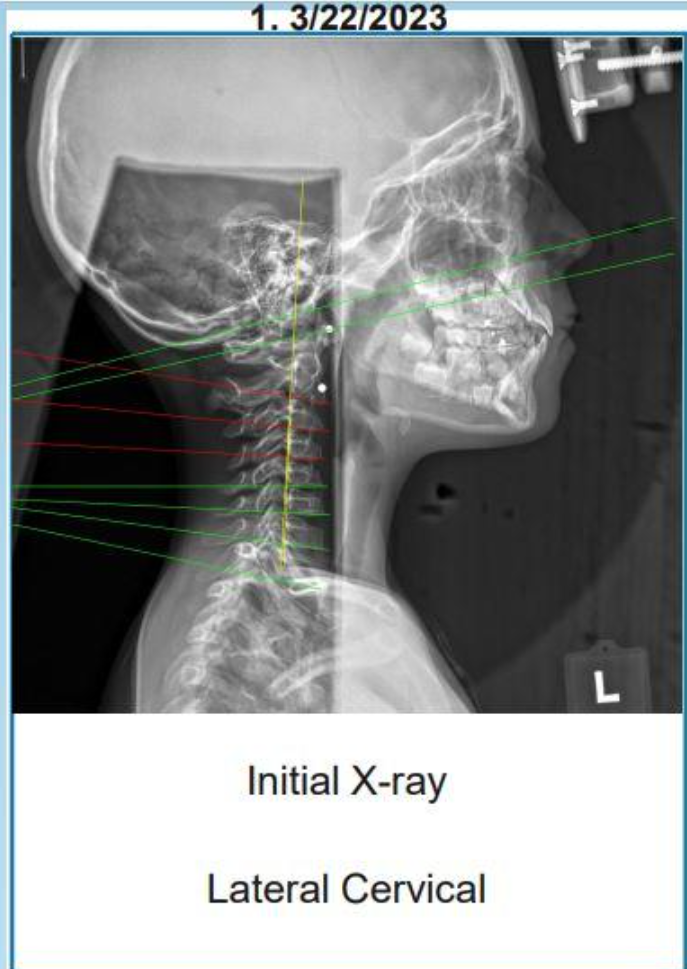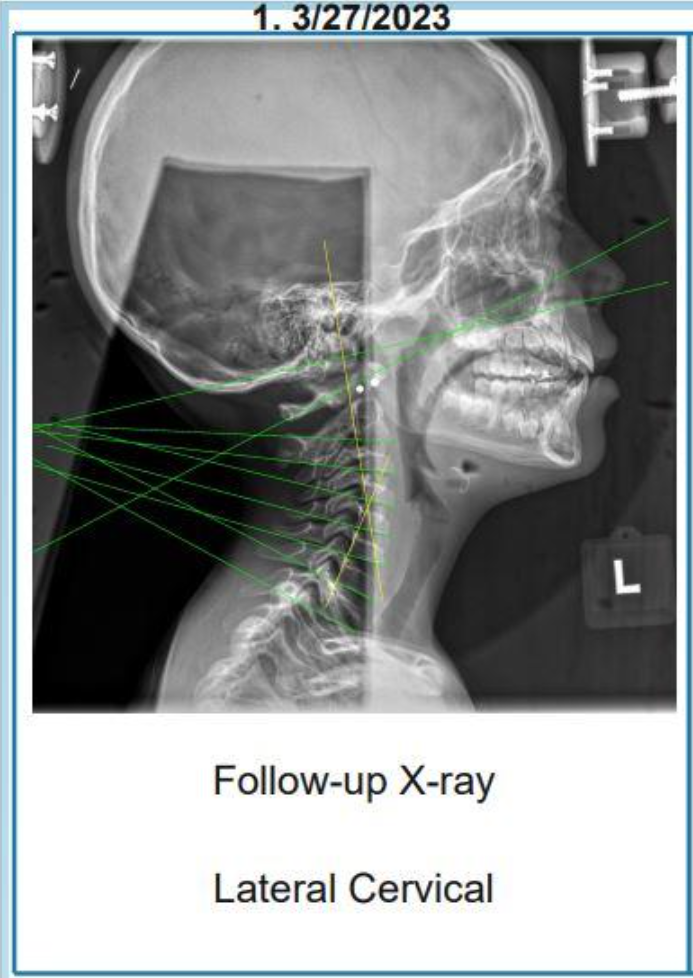Let’s Celebrate Moms!
Becoming a mom is both amazing and scary at the same time. Just the thought of what to expect during pregnancy and what the heck to do after—keeping another tiny human alive and healthy is a lot to take in. In May we celebrate motherhood, but let’s not forget about the baby, that beautiful soul that is the very reason we call her mom.
Pregnancy is a period that comes with numerous physical changes, including weight gain, hormonal changes, and rapid postural changes, among many other life changes that most women may not be prepared for. These changes can lead to various discomforts, such as low back pain, pelvic pain, and sciatica, which can affect the quality of life of expectant mothers. While medication is a common remedy for such discomforts, it may not be the best option for pregnant women, given that some drugs may pose health risks to the growing baby.
Chiropractic care is an alternative form of healthcare that can help alleviate some of the discomforts of pregnancy. Let’s talk about the benefits of chiropractic care during pregnancy along with scientific evidence to support the claims.
What are the different types of pains during pregnancy?
While the fact that a typical pregnancy adds 25-35 pounds in a relatively short period of time seems like the simple answer, it is just one contributing factor. Consider the following four circumstances that can also be the root cause of back pain:
- Postural Changes – It’s not just about the weight, but where the weight goes. Having most of that 25-35 pounds out in front of you shifts your center of gravity. You likely have noticed that even the way you walk has changed. This can lead to strain on the spine.
- Hormone Levels –To give birth, a woman’s body needs to loosen the ligaments and joints in the pelvis area. This is triggered by a hormone called relaxin. Sometimes, rather than just affecting pelvis joints and ligaments, the hormones also affect the spine.
- Stress – Stress is stored in the neck and shoulders. That is why stress often leads to neck and back pain as well as headaches. If you are suffering emotional stress, whether related to the pregnancy or not, this may be adding to the back pain.
- Nerve Compression – As the baby grows, he or she may put pressure on some of the nerves or blood vessels in the back. This too can be responsible for back pain.
With all these factors in play, it is surprising that all women don’t experience back pain during pregnancy. Let’s look at how upper cervical chiropractic care can help you to deal with this pain without posing any risk to you or your baby.
Lower back pain
Lower back pain is a common problem among pregnant women, with up to 70% of expectant mothers experiencing it at some point during pregnancy (1). The causes of lower back pain during pregnancy include hormonal changes, weight gain, and changes in posture. Chiropractic care can help alleviate lower back pain by correcting any misalignments or subluxations in the spine that may be causing discomfort. A study found that chiropractic care was effective in reducing lower back pain during pregnancy. (2) This next study involved 115 pregnant women who received chiropractic care for their lower back pain. The results showed that the women who received chiropractic care had a significant reduction in lower back pain compared to those who did not receive chiropractic care (3).
Pelvic pain
Pelvic pain is another common problem among pregnant women, with up to 45% of expectant mothers experiencing it at some point during pregnancy (4). Pelvic pain during pregnancy can be caused by several factors, including changes in posture, hormonal changes, and increased pressure on the pelvic region. Chiropractic care can help alleviate pelvic pain during pregnancy by reducing any misalignments or subluxations in the pelvic region. A study found that chiropractic care was effective in reducing pelvic pain during pregnancy. The study involved 52 pregnant women who received chiropractic care for their pelvic pain. The results showed that the women who received chiropractic care had a significant reduction in pelvic pain compared to those who did not receive chiropractic care.
Sciatica
Sciatica is a condition characterized by pain that radiates from the lower back to the legs, and it is caused by compression or irritation of the sciatic nerve. Sciatica is a common problem among pregnant women, with up to 25% of expectant mothers experiencing it at some point during pregnancy. Chiropractic care can help alleviate sciatica during pregnancy by reducing any misalignments or subluxations in the spine that may be compressing or irritating the sciatic nerve. A study found that chiropractic care was effective in reducing sciatica during pregnancy. The study involved 52 pregnant women who received chiropractic care for their sciatica. The results showed that the women who received chiropractic care had a significant reduction in sciatic pain compared to those who did not receive chiropractic care. (5)
Shorter labor and delivery times
Chiropractic care during pregnancy is also linked to shorter labor and delivery times. A study found that pregnant women who received chiropractic care had, on average, a 25% shorter labor time than those who did not receive chiropractic care (6). The study involved 102 pregnant women, of whom 52 received chiropractic care throughout their pregnancy, while the other 50 did not receive any chiropractic care.
Improved sleep
Pregnancy can be a challenging time for sleep, with many women experiencing discomfort and pain that makes it difficult to get a good night’s rest. Chiropractic care can help improve sleep quality by reducing pain and discomfort. In one study, pregnant women who received chiropractic care reported improved sleep quality compared to those who did not receive chiropractic care (6).
Reduced headaches
Headaches are a common complaint during pregnancy, and they can be caused by a variety of factors, including hormonal changes, stress, and poor posture. Chiropractic care can help alleviate headaches by reducing tension in the neck and shoulders. In one study, pregnant women who received chiropractic care reported fewer headaches compared to those who did not receive chiropractic care. (7)
With all these benefits, especially when the mom-to-be wants to use as little pharmaceutical intervention as possible, it seems to be the best choice for pregnancy support!
Is chiropractic beneficial for kids?
Chiropractic care for babies and children has been a topic of debate within the medical community for some time now. Some in the community are supportive, while others are skeptical. For those that are skeptical, I believe it’s just because they are unaware of the difference in care that is given to different age groups.
As the twig is bent, so grows the tree, which is a common saying among chiropractors that take care of babies and kids. Wouldn’t it be amazing if our kids could prevent the structural damage associated with a spine that has insufficient structural support? Remember what your films looked like and how you wished you could return in time!
We aim to check each child because the trauma that occurs during the birth process can be the very beginning of degenerative changes in the spine and can lead to dysfunction of the nervous system.
When it comes to infant and childcare, chiropractors have been known to successfully support issues like trouble in latching or breastfeeding, an underdeveloped digestive system, acid reflux, a misaligned spine, and ear pain/infections (8). When the entire nervous system is working properly, your baby can eat and sleep and grow without colic, constipation, and sleep issues during their peak development days.
During the treatment, the chiropractor makes gentle adjustments, which can sometimes look like a gentle massage and other times a touch of the hand or use of a gentle instrument called an Activator. The pressure used by the practitioner would be the same pressure one uses to test the ripeness of a tomato and the care performed by a trained chiropractor is perfectly safe.
How can a child have a misalignment of the spine?
Dr. G. Gutmann, a German medical researcher discovered that over 80% of the infants he examined shortly after birth were suffering from injury to the cervical spine (the neck), causing all types of health problems.
Dr. Abraham Towbin, from the Harvard Medical School Department of Pathology, presented research at the 18th Annual Meeting of the American Academy for Cerebral Palsy. In his research, he states that “the birth process, even under optimal conditions, is potentially a traumatic, crippling event for the baby.” He continues “Spinal cord and brain stem injuries occur often during the process of birth but frequently escape diagnosis and death may occur during delivery or, with respiratory function depressed, a short period after birth. Infants who survive the initial effects may be left with severe nervous system defects.
Another issue that can occur during birth may be unresolved compression in the suboccipital region, (the base of the skull/top of the neck). Motion restrictions and asymmetries in this region are categorized as kinematic imbalances caused by suboccipital strain, otherwise known as KISS syndrome. This is a very well-documented condition throughout the medical literature. Medical doctor, Dr Heiner Beiderman refers to this condition extensively in his book, ‘Manual Therapy in Children‘. (10) Dr. Beiderman has been assessing and adjusting infants for over 40 years and is a firm believer in the importance of chiropractic care for infants and children.
Moms and babies keep the world turning. Giving them the very best care during this life-changing time and the best start to a healthy nervous system—the most important system of the body, JUST MAKES SENSE!
Getting your child checked, even if they have no symptoms, is the best way to prevent future degenerative changes in their spine. Take this example:
This is an 8-year-old patient whose mom brought him in for a check-up as she wanted him to receive the same care that she was benefiting from—and hopefully, stop him from having the same issues she came in with!
Just from a structural perspective, this initial neck x-ray showed a significant loss of curve, which is already in Phase I of degeneration! Starting at this young age with such a severe loss of structural integrity sets him up for permanent damage later in life.
Now look at his follow-up x-ray after his first atlas alignment. Yup! Just ONE atlas alignment changed the structure of his spine for the better, creating the ARC OF LIFE that makes up a healthy cervical spine!
Now, we can see this response in adults after an atlas adjustment as well, but it’s much rarer as there has been a lot more time for damage and possible long-term misalignment that creates a more unstable structure that needs more care and attention to restore. Makes more sense to start early, right??
Our promise to you
HealthWorks Family Chiropractic is dedicated to a comprehensive and specific approach to taking care of spinal and nervous system needs. Let us help you find out how taking care of the most important system in the body will create optimal health that will last a lifetime!
If we find we’re not the best suited to help with your condition or it is out of our scope of practice, we promise to refer you to someone who is.
- Sabino, J., Grauer, J.N. Pregnancy and low back pain. Curr Rev Musculoskelet Med 1, 137–141 (2008). https://doi.org/10.1007/s12178-008-9021-8
- Stuber KJ, Smith DL. Chiropractic treatment of pregnancy-related low back pain: a systematic review of the evidence. J Manipulative Physiol Ther. 2008 Jul-Aug;31(6):447-54. doi: 10.1016/j.jmpt.2008.06.009. PMID: 18722200.
- Peterson CK, Muhlemann D, Humphreys BK. Outcomes of pregnant patients with low back pain undergoing chiropractic treatment: a prospective cohort study with short term, medium term and 1 year follow-up. Chiropractic & manual therapies 2014;22(1):15.
- Malmqvist S, Kjaermann I, Andersen K, Økland I, Brønnick K, Larsen JP. Prevalence of low back and pelvic pain during pregnancy in a Norwegian population. J Manipulative Physiol Ther. 2012 May;35(4):272-8. doi: 10.1016/j.jmpt.2012.04.004. PMID: 22632586.
- Conner SN, Trudell AS, Conner CA. Chiropractic Care for the Pregnant Body. Clin Obstet Gynecol. 2021 Sep 1;64(3):602-610. doi: 10.1097/GRF.0000000000000621. PMID: 33882524.
- Borg-Stein J, Dugan SA. Musculoskeletal disorders of pregnancy, delivery and postpartum. Phys Med Rehabil Clin N Am. 2007 Aug;18(3):459-76, ix. doi: 10.1016/j.pmr.2007.05.005. PMID: 17678762.
- Borggren CL. Pregnancy and chiropractic: a narrative review of the literature. J Chiropr Med. 2007 Jun;6(2):70-4. doi: 10.1016/j.jcme.2007.04.004. PMID: 19674697; PMCID: PMC2647084.
- Alcantara J, Cossette M. Intractable migraine headaches during pregnancy under chiropractic care. Complement Ther Clin Pract. 2009 Nov;15(4):192-7. doi: 10.1016/j.ctcp.2009.03.005. Epub 2009 May 2. PMID: 19880080.
- Alcantara J, Anderson R. Chiropractic care of a pediatric patient with symptoms associated with gastroesophageal reflux disease, fuss-cry-irritability with sleep disorder syndrome and irritable infant syndrome of musculoskeletal origin. J Can Chiropr Assoc. 2008 Dec;52(4):248-55. PMID: 19066699; PMCID: PMC2597889.
- Bierdermann H. The KISS Syndrome: symptoms and signs. In: Biedermann H (ed) Manual Therapy in Children. New York NY: Churchill Livingstone, 2004; pp. 285-302


